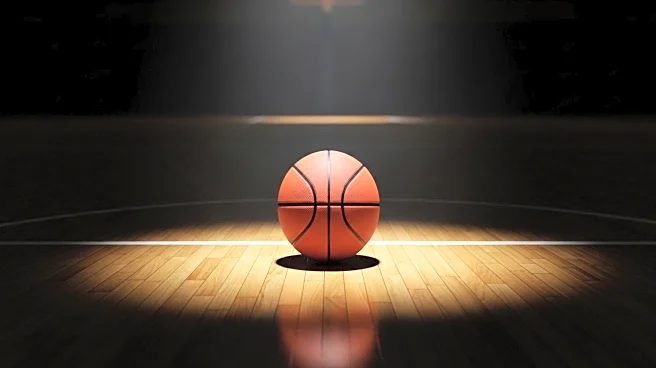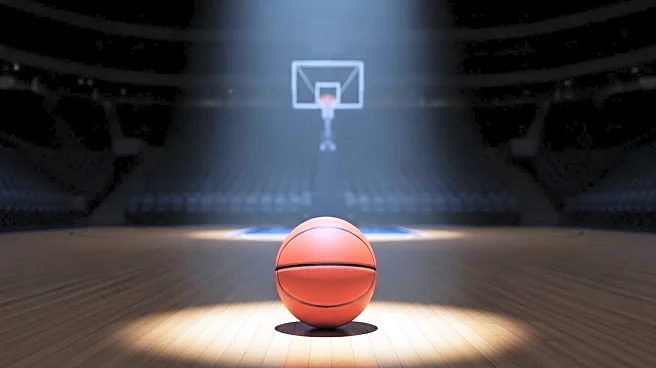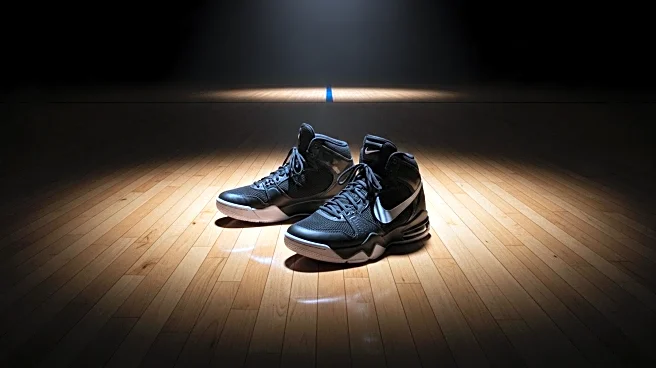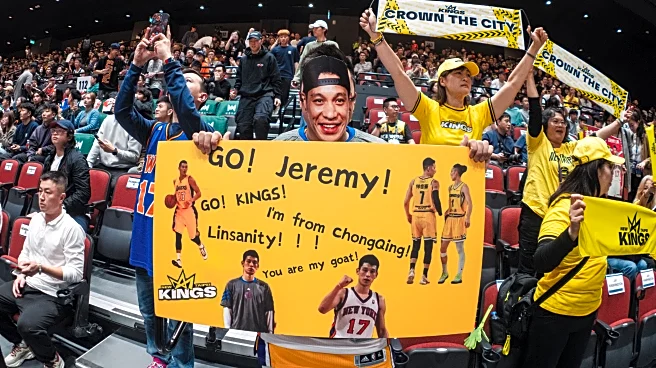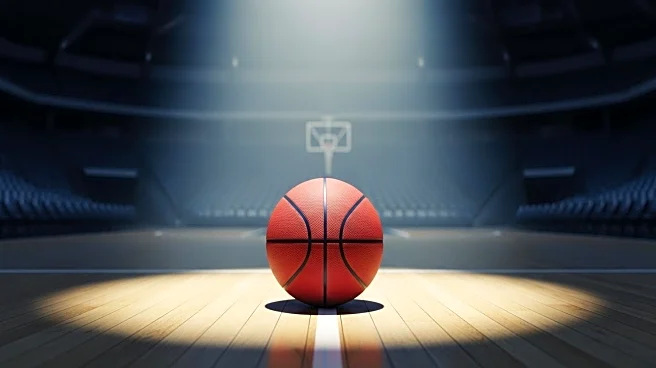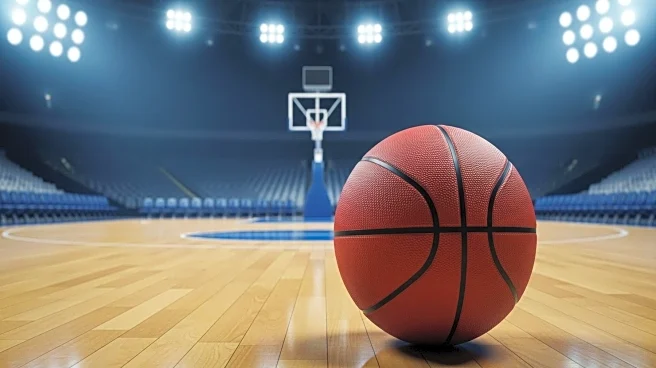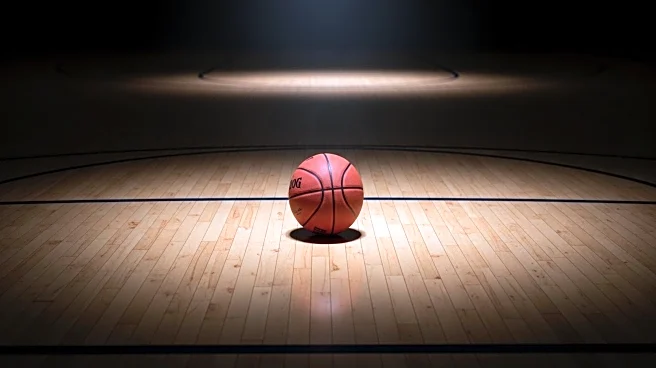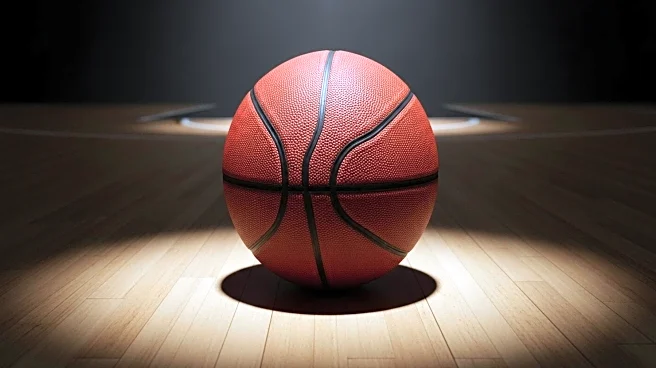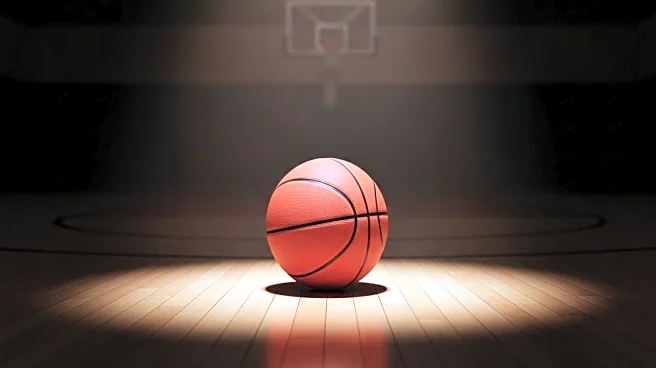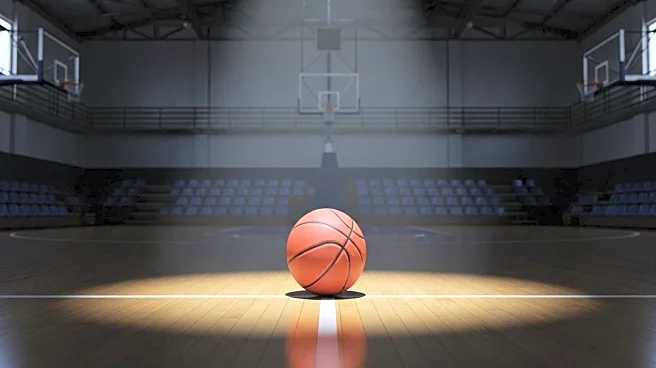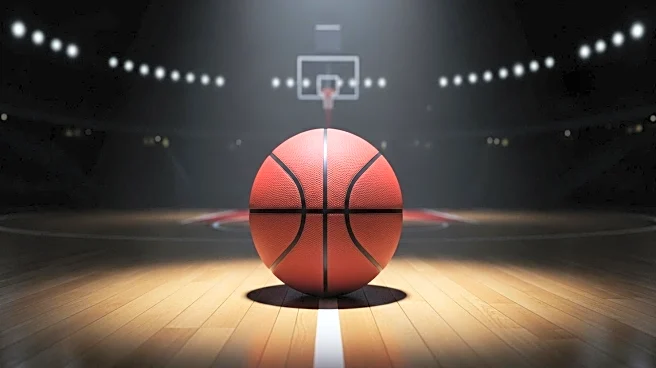What's Happening?
Jeremy Lin, the basketball player who became a global sensation during his time with the New York Knicks, has announced his retirement from professional basketball at the age of 37. Lin, who gained fame for his 'Linsanity' period in 2012, shared his decision on Instagram, reflecting on his 15-year career. Lin's journey began undrafted out of Harvard, eventually leading to a pivotal role with the Knicks where he became a cultural icon. Over his career, Lin played for several NBA teams, including the Rockets, Lakers, Hornets, Nets, Hawks, and Raptors, where he won a championship in 2019. After his NBA career, Lin played in China and Taiwan, where he recently led the Taipei Kings to a championship and was named MVP.
Why It's Important?
Jeremy Lin's retirement marks the end of a significant chapter in basketball history, particularly for Asian-American representation in the sport. Lin's success challenged stereotypes and inspired a new generation of athletes who saw themselves in his story. His impact extended beyond the court, as he became a symbol of perseverance and breaking barriers. Lin's career highlights the importance of diversity and inclusion in sports, offering a narrative of overcoming odds and achieving success despite initial setbacks. His retirement may prompt reflections on the progress made in representation and the ongoing challenges faced by minority athletes.
What's Next?
With Lin's retirement, there may be increased focus on his post-basketball endeavors, which could include mentorship, advocacy, or involvement in basketball development programs. His influence is likely to continue through these avenues, potentially inspiring future athletes. The basketball community may also reflect on Lin's legacy and the broader implications for diversity in sports. Additionally, Lin's retirement could spark discussions on the support systems available for athletes transitioning out of professional sports.
Beyond the Headlines
Jeremy Lin's career highlights the intersection of sports and cultural identity, emphasizing the role of athletes as cultural ambassadors. His journey underscores the potential for sports to bridge cultural divides and foster understanding. Lin's story also raises questions about the pressures faced by athletes who become cultural icons and the responsibilities that come with such status. As Lin transitions to life after basketball, his experiences may offer valuable insights into the challenges and opportunities faced by retired athletes.
